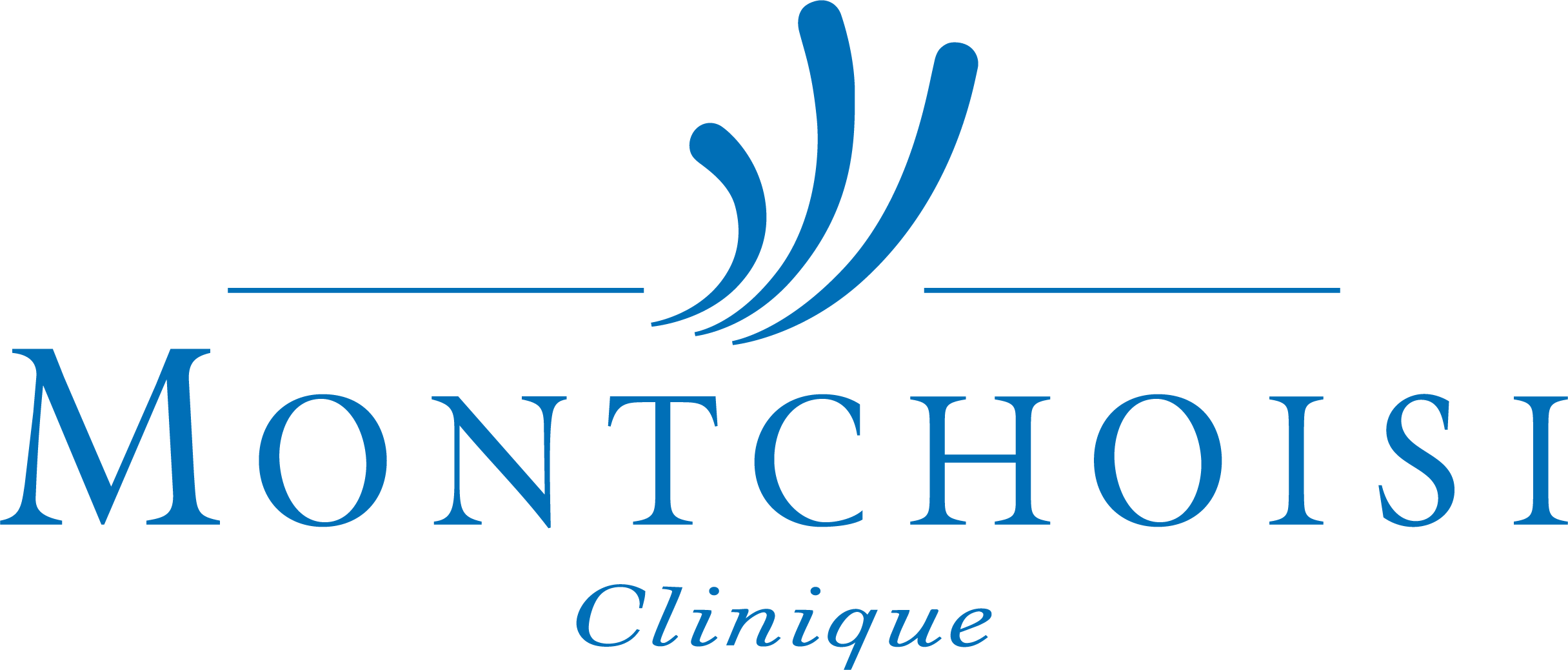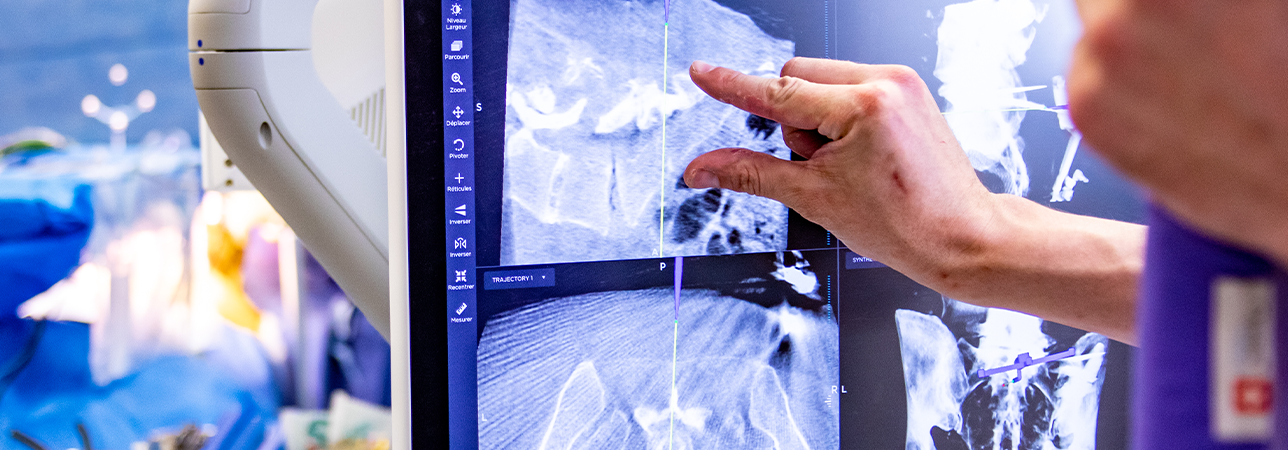Treatment
Conservative therapy
The treatment of a slipped disc is initially conservative, and relies upon pain medication, physical rest and relief, followed by physiotherapy.
If the pain persists, nerve root infiltration can help to alleviate the symptoms. During the CT scan or under X-ray fluoroscopy, the patient is administered an anti-inflammatory drug (cortisone) and the local anaesthetic lidocaine directly to the affected vertebra.
Surgical treatment
If conservative therapy does not bring about improvement, the herniated disc in the cervical spine is operated on. Surgery is also necessary if there is significant compression of the spinal cord, if the patient becomes paralysed, or if the condition is causing incontinence.
Various surgical methods are available, depending on the location of the herniated disc. Surgery to remove the extruded gelatinous core is often enough to relieve the pressure on the nerves. However, if the damaged intervertebral disc can no longer be preserved, it must be removed and replaced either with a piece of the patient’s own bone material or with an artificial intervertebral disc. The use of endogenous bone material ‘blocks’ the affected section and thus restricts the mobility of the cervical spine. The mobility of the cervical spine is maintained through the use of a disc prosthesis.




